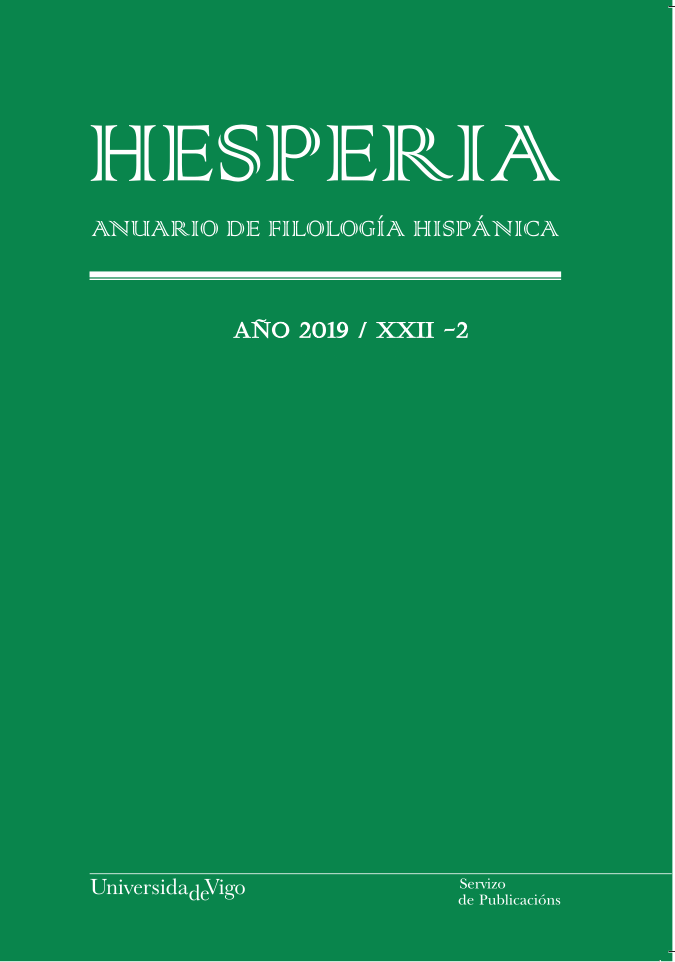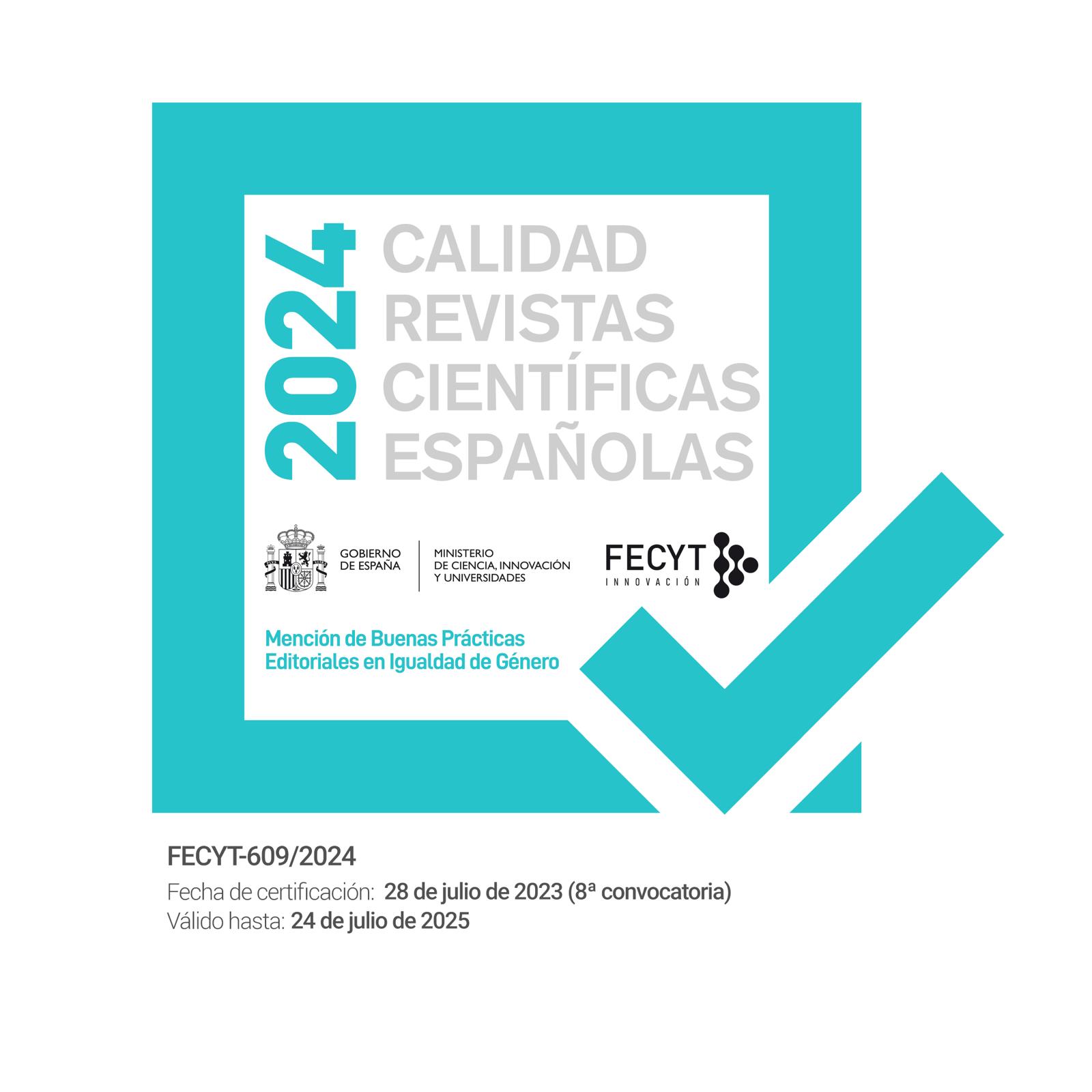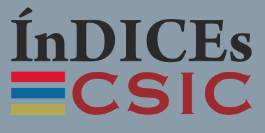Approche Sémiologique des langues des signes et principe de la " glose " : la question de l'annotation infra-unités gestuelles
DOI:
https://doi.org/10.35869/hafh.v22i0.1655Palabras clave:
French Sign Language (LSF). Semiological Approach., Discourse Units, Gloss, Annotation, iconicity, Transfer UnitResumo
First, we present the types of discourse units most commonly used for the linguistic description of sign languages (beyond specific terminologies): lexical signs, classifier constructions and role shifts in particular. Then, after having briefly outlined our theoretical approach, the Semiological approach, we report on the types of units proposed by this approach, namely, in addition to pointing units and fingerspellling units, these two main types, lexical units and transfer units. This finally allows us to explain, from detailed examples, the types of difficulties we encounter in our ELAN annotations, which are linked in particular to the basic principle of a gloss-based notation. These examples, representative of our French Sign Language (LSF) corpora, are problematic because of the interweaving of unit types, their multilinearity and the complexity of discursive constructions. These difficulties attest to the need for a means of annotating relevant elements at an infra-unit level.















